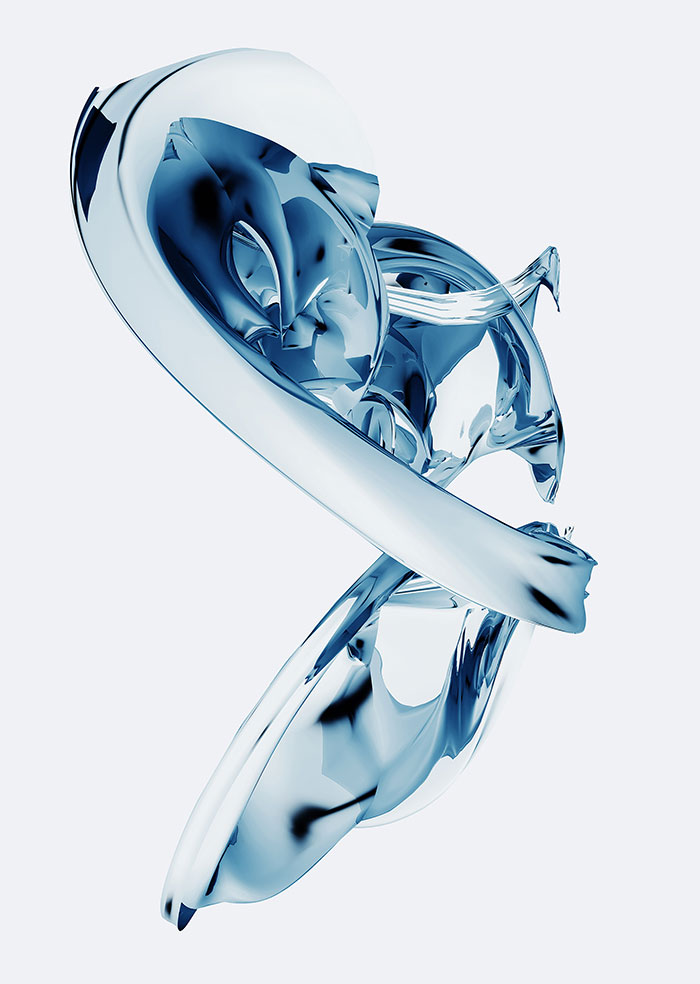
Tao Okamoto for Models.com
With release of photographer Tim Richardson’s “Spiritual Machine” Models.com decided to follow up with the visionary imagemaker (and Models.com feature contributor) to talk about the new book and his body of work. Machine is a selection of work encompassing the past 5 years from stories in Dazed and Confused to Vogue Hommes Japan. His hyper-effected images are an amalgam of fashion and futurism, glamour and distortion, form and technology–all exploring with verve the hybrid language of digital photography.
“Spiritual Machine” is available for direct purchase here
Let’s go back–What’s a defining moment for you as a artist? Something that made it all click.
When I was around 13 I discovered David Bowie and Francis Bacon in the same week. Something in Bowie’s chameleon personae and the dark beauty of Bacon’s pictures really shook me up. The desire was already there to make images (I’d been drawing since I could remember) but they really tipped me over the edge. I remember I started making polaroid experiments with my father’s cameras…now here we are…
What was the first picture you ever took of?
The first picture I remember consciously composing was a shot of my next door neighbor’s twin sons inside a burned out building. The roof was missing and the boys were standing in this skeletal blackened space. I think I’d just seen Mad Max 2–that bleached out light, which is so Australian, just made sense to me.
Tell me a little bit about Spiritual Machine…
The book was born out of a duality I recognized in my pictures: the tension between technology and the sensual nature of the human body. Whether it be installation, film, or photography the figure is almost always at the center of my images.
When did you start altering your work and how did that lead to exploring with other techniques?
I’ve always manipulated my pictures–tried to get closer to the image in my mind’s eye. In the beginning I’d try altering my chemistry in the lab or manipulate the winders on my 35mm film cameras to create random multiple exposures. Before I discovered the studio I went through a period of only shooting at night… Anything to get closer to my own version of reality.
How do you approach your projects in terms of setting a direction?
I usually research a theme or period that ties into the subject or character I am building with the creative team. Then I search for its opposite. For me duality, juxtaposing opposites, and sometimes in the most subtle ways, creates unique images.
Is there a single piece of work, idea, or person that continually inspires you the most and why?
There is no one artist or piece of work. I look at painting and sculpture mostly for inspiration. Photography is so much about finding the moment–painting and sculpture are the opposite: they are images designed around permanence. Maybe it’s that permanence that attracts me.
How much improvisation happens in post?
Post is often predetermined. It can dictate how and what you shoot for so many reasons. Improvisation in post is what happens when you decide to push the technology past its usual limits. Then the accidents happen and you run with it.
You mainly shoot in stark studio interiors, what is attractive to you about that environment?
The studio is a blank canvas. Everything is possible in that context. I like that freedom, that experimental space.
Looking forward, are there new elements you’re hoping to introduce into your work?
I’d like to develop the narrative, storytelling side of my images–push the character development further. Making the book gave me the opportunity to focus on a specific period of work (the last 5 years) and build a world around the images. To create a context beyond the single moment. I think the images and film I made with Guinevere van Seenus for the Milk Exhibition are the first step in making that change. A more filmic direction driven by identity.


Tao Okamoto for Models.com


Brooke Candy for Sunday Times Style


Guinevere Van Seenus




Rinko Kikuchi for V Magazine







